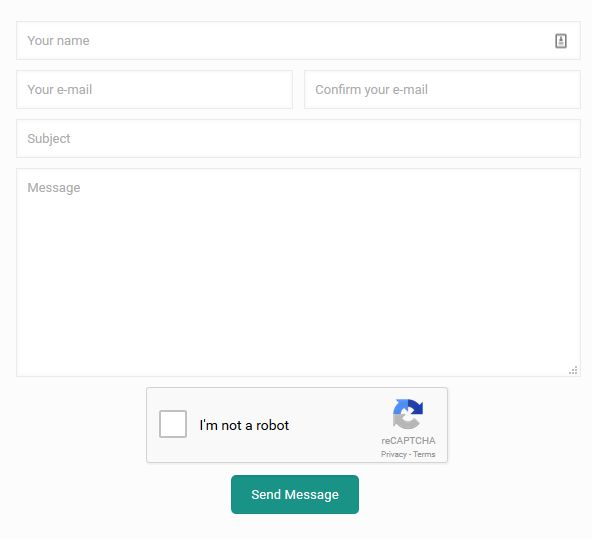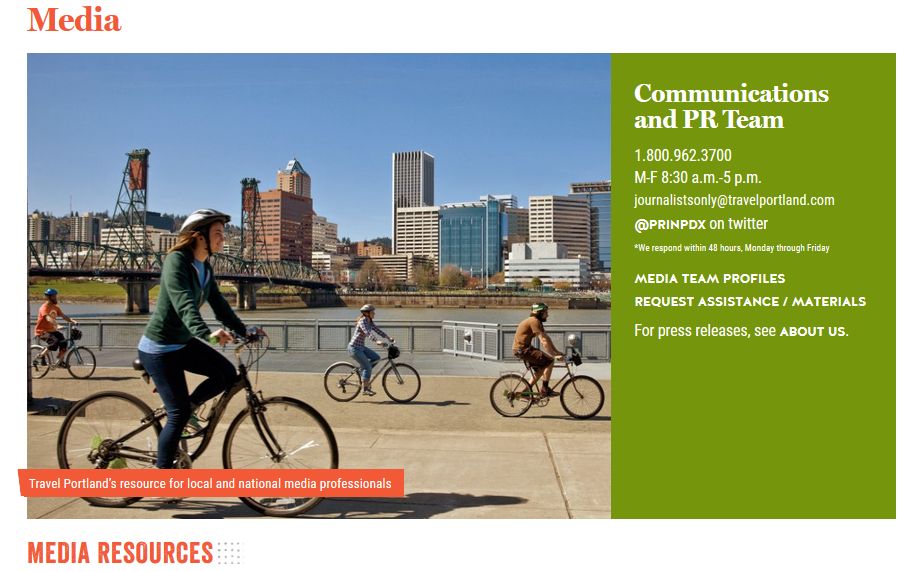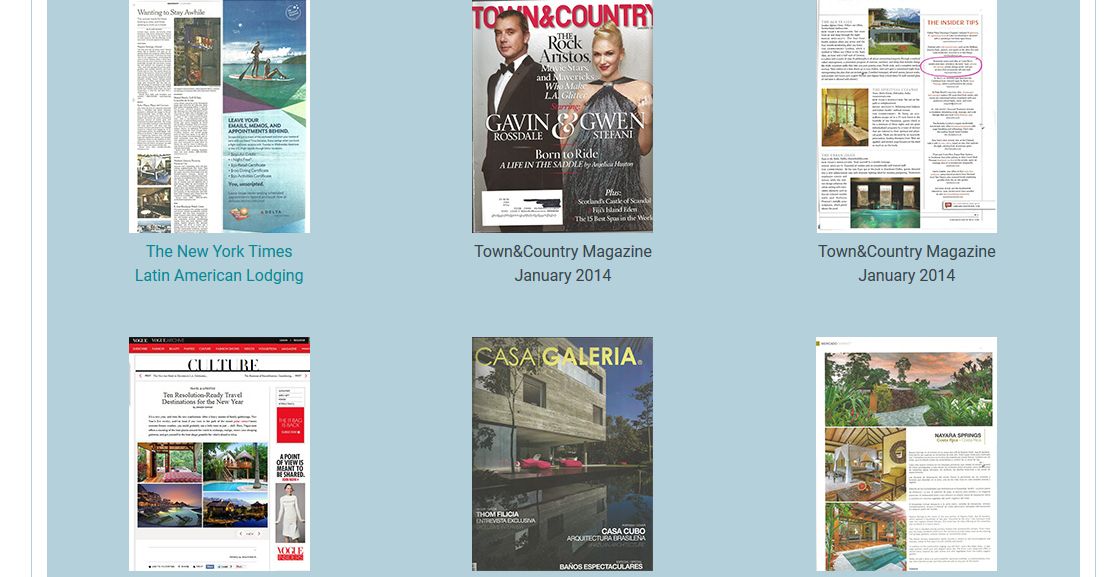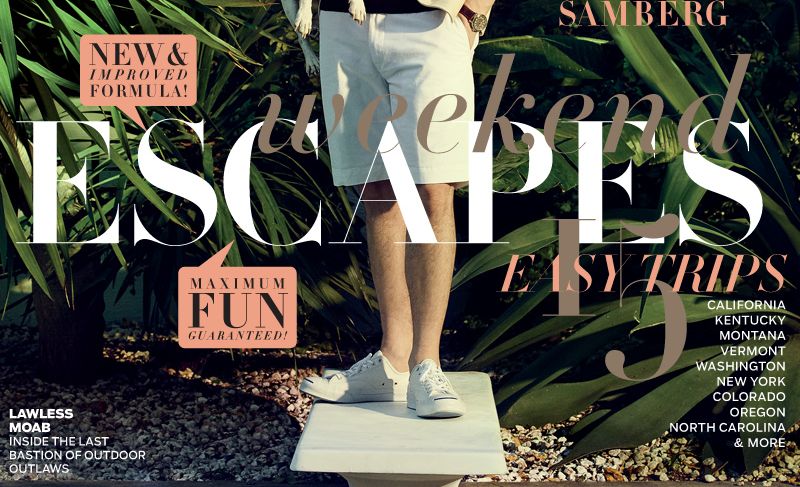By Tim Leffel
Imagine an influential adventure travel blogger or major magazine freelancer has just landed on your company’s website. She is working on a story and the deadline is today. Is what you’re showing her going to lead to exposure for your company and more business? Or will she move on to your competitor instead?
Based on most of the websites I run across when conducting research for travel articles, few owners or CEOs have put any thought into what happens when a journalist visits the 24/7 face of their business — the company’s website. In general, the entire site tends to be a hard sell for consumer prospects or business partners only, with no thought about what other purposes it should be serving.
There are several website mistakes and best practices sending clear signals to travel writers. If they poke around and don't find what they need, there’s a good chance they’re just going to leave. Can you afford to have that happen over and over again every month? Can you afford to pass up media opportunities that will put your company’s name, messaging, and offerings in front of thousands or even millions of travelers?
If you’re not getting much media attention, you probably need to take a hard look at what you’re doing to garner that attention. People working in public relations grapple for “earned media” — free publicity earned through channels other than paid advertising or owned media. They don’t call it earned media for nothing. If you don’t roll out a welcome mat, not much will be earned.
Running press trips or inviting bloggers on a tour may cost money, but many website improvements, however, are cheap to implement. Fixing your site navigation and adding a few pages should only require a few hours of tweaking from a staffer or contractor, and it’s likely to pay off in the long run.
Media Contact Information
The most glaring problem on most tour company websites (and this is even true for some destinations and hotels) is there’s no point of contact for the media. There may be a general email address or contact information for potential customers, but nothing for people working in the media who could send a hundred or more new customers to your company next month.
We call the ubiquitous forms like the one here a “do not contact form.” We assume your lowest-paid employee receives the messages sent this way, and we will never hear from anyone. That assumption is based on experience.

If journalists or bloggers think their requests are going into a black hole, they won’t bother sending them at all. If they’re on deadline, time is money.
It recently took weeks for me to hear back from one adventure tour company head I had contacted in Europe through one of those forms. The reply? “He’s hiking in the mountains and can’t be reached.” That’s a company that will never get into any article with a deadline.
Bad: Having a generic contact form on your site or just an “info@____” address listed.
Better: Having a real email address and phone number for somebody in the company who handles marketing or PR efforts.
Best: Listing information on who the media should contact with an actual person’s name, appropriate title, direct email address, and phone number.
Dedicated Media Section
If journalists see a “Media” or “Press Center” tab or button in your website’s navigation, you are already ahead of most of your peers. It shows your company cares enough about us to at least give us equal weight with “Weddings” or “Equipment.” This section of the website should not just be a rundown of where your company has appeared, however. That isn’t much help to writers or TV producers. What we need is the information that will get you the next appearance, and the one after that.
Less is definitely not more in this case. Anything you can provide to make our job easier dramatically increases the chances of us writing about you. Throw up anything and everything that might spark an article idea or help a freelancer get a positive response from an editor. Make note of upcoming events and anniversaries — timely pegs are important, especially in digital publishing — and keep this listing updated and relevant.

Wondering which companies do it well? The only thing this Banff/Lake Louise media section is missing is an office phone number in the media section. This one from Travel Portland is a travel writer’s dream site. The Ecoventura Galapagos site is almost where it needs to be, and the only thing wrong with this Austin Adventures media section is the pop-up ad for a catalog mailing covering up what I’m reading.
Bad: No media page, no media contact, and no information for journalists.
Better: A media section with contact information, a fact sheet, low-resolution photos, and a back story.
Best: A robust media section with all of the above plus hi-res photos with credits needed (if applicable), video, sample story ideas (including timely events), past media appearances, news, key staff bios, and information on how to apply to travel with your company for longer feature stories.
Unique Selling Proposition (USP) of the Company
While the USP may be a marketing term, you can bet every travel writer landing on your website wants to know what makes you different. What’s the founder’s back story? Who works there, and what are their backgrounds? What is the company or destination doing differently than its competitors? How are your tours unique? What’s the community connection?

For a look at how this is done right, check out these pages from ATTA members RED Travel Mexico, Vaya Adventures, and O.A.R.S. These “About” sections intrigue travel writers, encouraging them to learn more and talk to the interesting people working at and for these companies.
Bad: A generic-sounding, dry account of your company’s capabilities.
Better: A detailed About page with a story arc, a reason for being, and a clear demonstration of unique expertise.
Best: Founder stories, staff bios, past media appearances, core beliefs, and community ties or efforts.
Social Media Links
Many travel writers, especially bloggers, are going to check your company’s social media accounts to get a pulse on your business. Some might even message you through Twitter or Facebook if they’re in a hurry or their emails are not getting a response. Are you making that an easy task? Is someone tasked to reply?
Bad: No social media accounts linked from your website.
Better: Social media icons on the Home, Contact, and About pages.
Best: Social media links/icons on every page, a feed from your key account(s) displayed on the site, and someone responding to messages/comments.
Are You Showing Your Expertise?
While every business owner dreams of a big narrative feature story in a major magazine, the more frequent press coverage is going to be more modest. You’ll get a mention here, a paragraph there, maybe a link from a blogger at the end of a post. Like it or not, many of the most-read travel and adventure stories are some kind of round-up, trend piece, or listicle. What the writers want from you in these cases is a nice quote or two, some expert insight, and confidence you’ll return their calls later if they need more.

There’s a snowball effect when you start getting quoted, but you can help that along by putting a blog on your website and posting to it regularly. If you want to be viewed as an expert in your niche, the best thing to do is talk like one. Express opinions. Tell us a story. Highlight trends. Show us your delighted customers. Maybe even stir up some controversy now and then.
If you do these things, Google will notice and we’re much more likely to find you. Travel writers start with search engines too.
Bad: No clear expertise on the website.
Better: Your company’s representatives are invited on panels at conferences and quoted in the media, and your company’s website positions you as an industry expert.
Best: All of the above plus you have a blog that is updated regularly with articles of substance.
Getting into the media on a regular basis is not magic. Make it easy to write about your company and before long that list of media clips is going to be too big to fit in your expanded media section.
ATTA Adventure Media member Tim S. Leffel is an award-winning travel writer who has dispatched articles from 50+ countries over more than two decades. His work has appeared in Outside Online, Travel + Leisure, American Way, the Boston Globe, LonelyPlanet.com, and Global Traveler. His media company runs five online magazines and blogs, including Perceptive Travel and Luxury Latin America.
